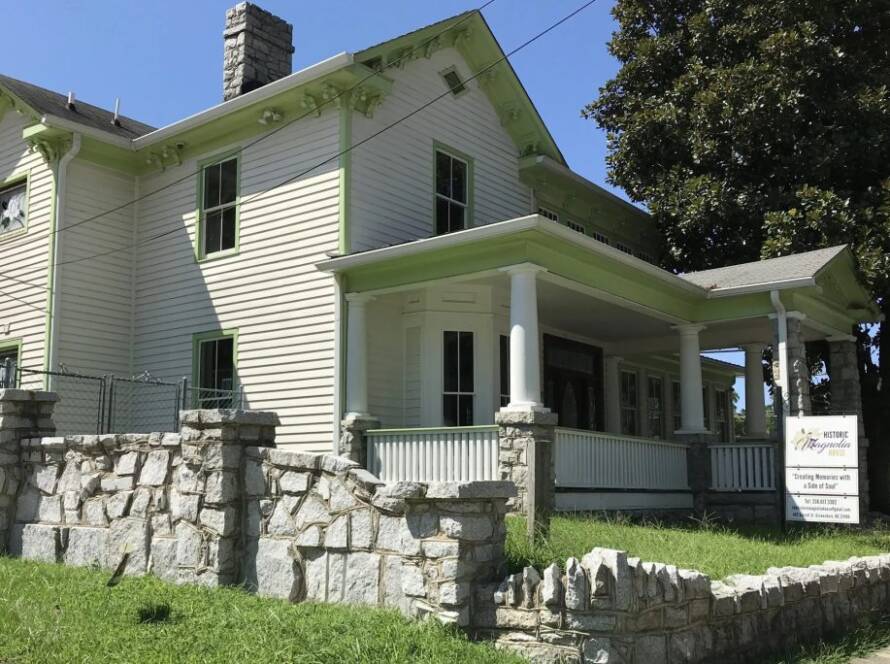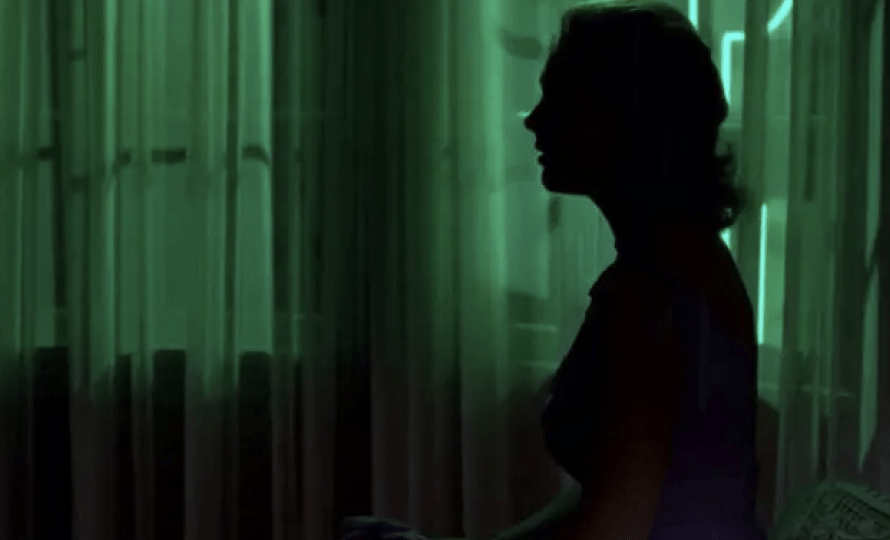You’ve had a long day. You unlock the door and walk in the house. Suddenly, your shoulders start to relax, and a sigh of relief to be home comes over you. Even though the inner chatter is still in your head, that soft velvet on the sofa makes you grin, and that nostalgic tile in the bathroom takes you to a different time and place you yearn to belong to. Whatever it is, it works.
But, why?
As a designer, the worst response from my client is for them not to feel a darn thing. When they feel nothing, that sucks. Seriously, they have to relate to the space with that personal deep, down feeling inside to know I’ve done my job. This is a passionate subject for me, because this begins to unlock an understanding of the human experience and how we tick.
Since this is such a huge area of research, I’m only going to touch upon my favorite highlights: Textures and Lighting.
Select Textures and ask yourself why.
When I design a room, I make a point to zoom in on the touchy, feely textures. I ask why do you feel this way, and what does this remind you of?
So, I like to ask my clients how they feel about fabrics and surfaces that help me understand what they like. It’s even been studied that people who may be yearning for a certain feeling that they lack, select textures and colors that subconsciously offset their emotional deficiencies.
The Braille Institute has great articles on understanding textures a with lack of sight – The Texture of Feelings . Also, City of 8 (a genetic coding research firm) has a great article on the Emotional Effect of Texture and Color .
Textures are the non verbal communication between people and animals. For example, a prickly surface could trigger fear, and a soft surface can trigger happiness.
A fuzzy surface could trigger coziness, and a rough surface can trigger strength.
![]()
Be aware of how you feel in different types of light
Next, I focus on how light affects our emotions. We naturally evolve physically and emotionally through the light of day and the moonlit night.
In your home, warm light gives a sense of comfort, because it also can give a sense of heat. That’s why it’s a nice touch to use warm lighting at eye level with wall sconces, or warm light in table lamps that give a cozy feeling. But, the room becomes even more interesting when brighter light sources are on objects or artwork that contrast focal points.
John Flynn at Kent State found that people sit in the dimmer areas of the room, but position themselves to look towards the brightest areas. This IES article explains how How Lighting affects our emotions.
For warm lighting, I like using the new led sources in my Live Anywhere lamps that are 2700 kelvin temp with a truer color rendering index (CRI) of approx. 92. This keeps the color balanced that compliments skin tones.
![]()
Cool or blue hues also have emotional functions. Yellow and orange light actually feels warm, and blue and purple light actually feels cold. So, outside, I mix yellow and blue filters on landscape lighting for depth of field. This color combination is used in theatre and film to emphasize facial expressions amidst the backdrop of set designs. We are lured to feel maybe..eery, or maybe..romantic.
![]() This photo is a classic emotional example is how you feel when the warm morning sunlight streams through the window while having your first sip of coffee. Besides giving you a dose of vitamin D with your coffee, it gives you hope of a new day ahead.
This photo is a classic emotional example is how you feel when the warm morning sunlight streams through the window while having your first sip of coffee. Besides giving you a dose of vitamin D with your coffee, it gives you hope of a new day ahead.
![]()
Lastly, I’ll leave you with a fun 3 min youtube video on the set production design of Amelie, called Amelie: Designing Emotion
Cheers!


